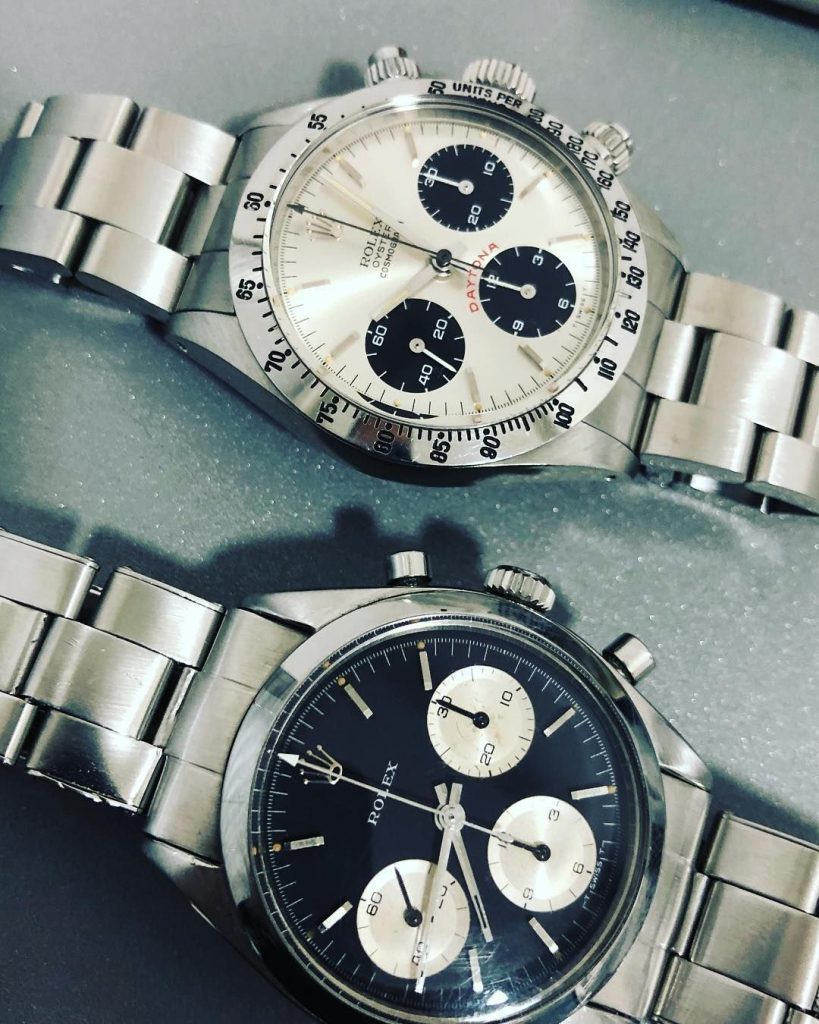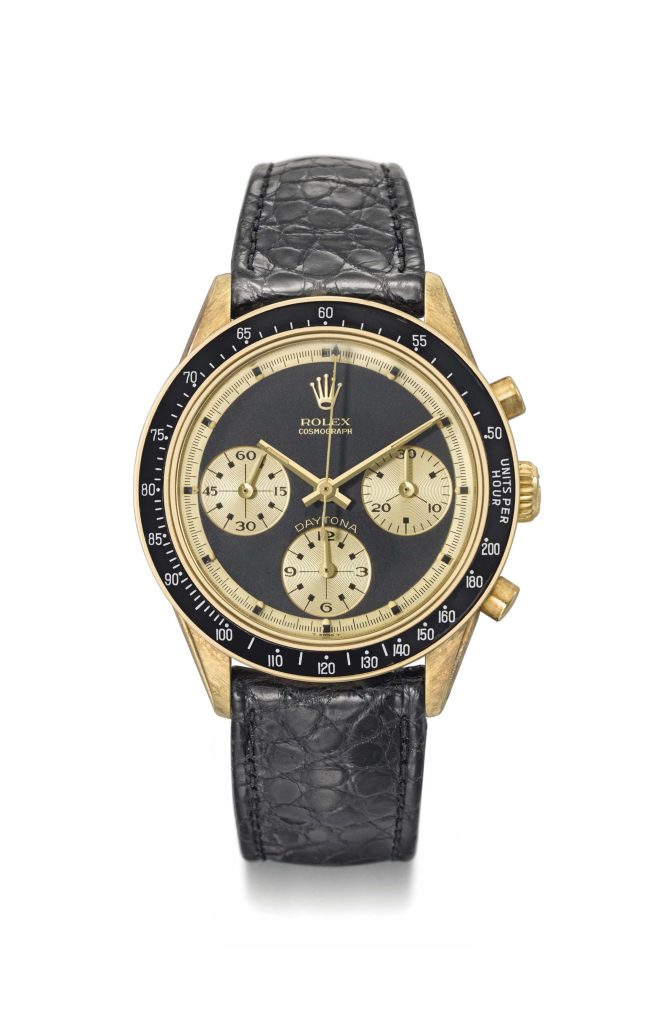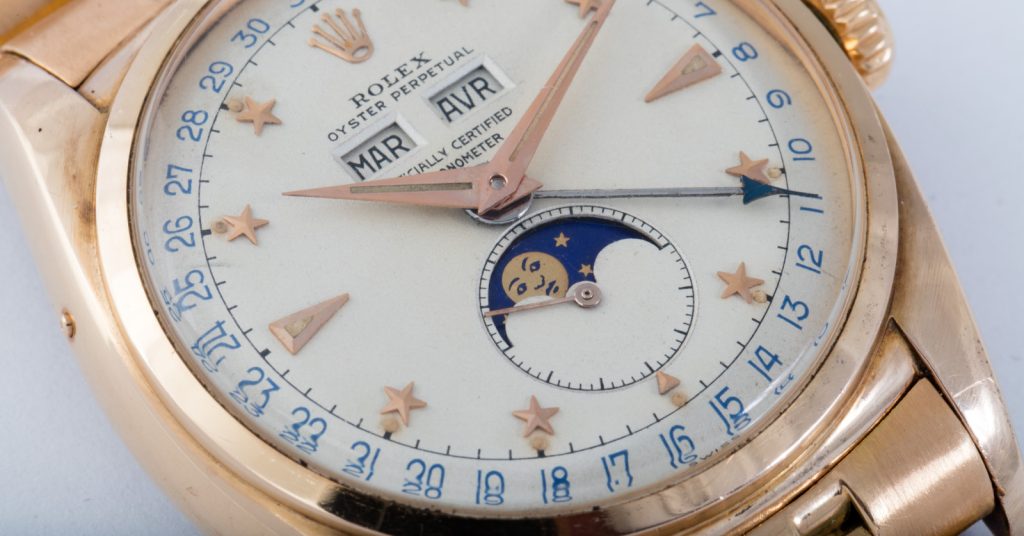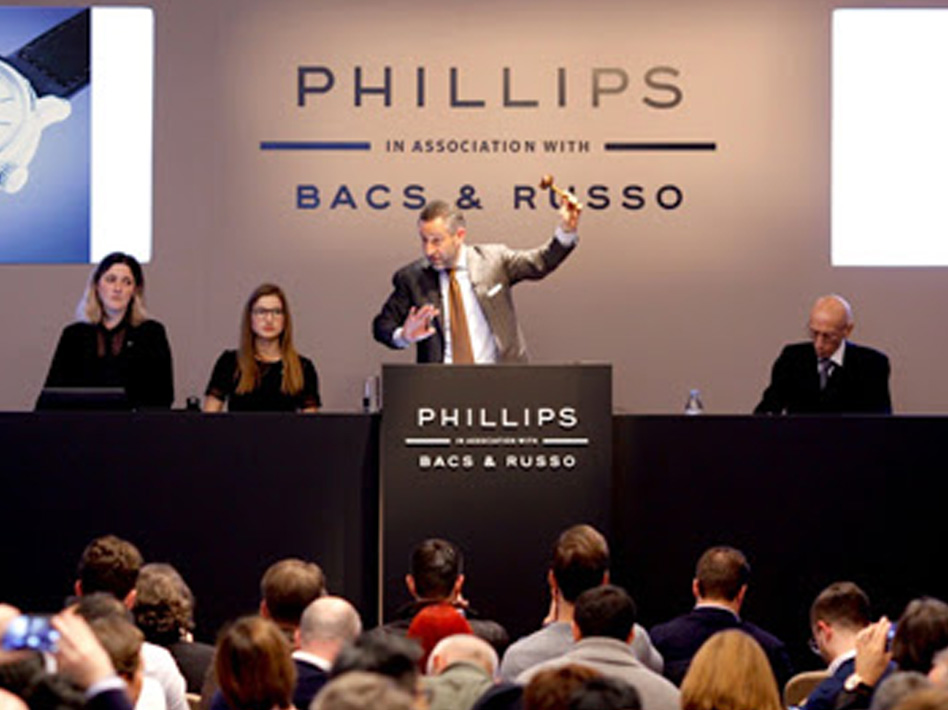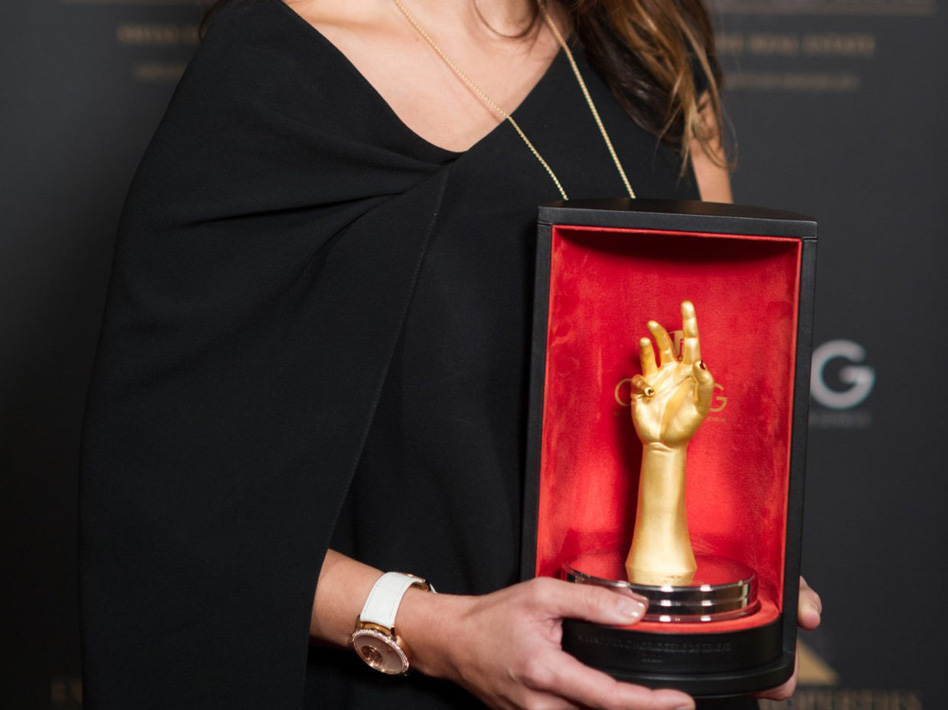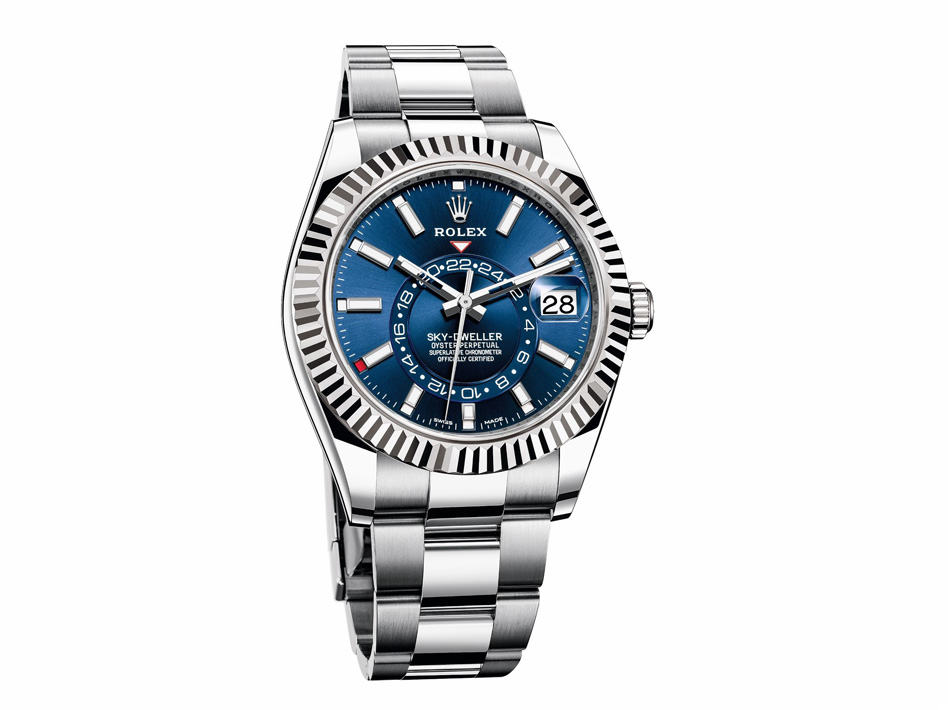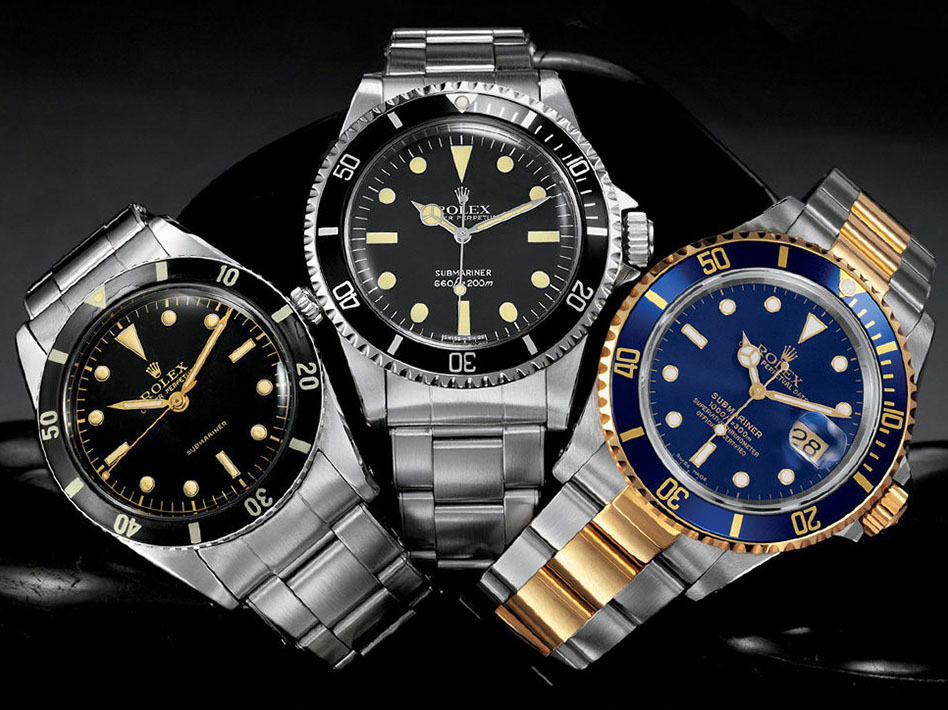A primer on the world’s most collected watch
Rolex is the most collected watch in the world, and because the brand has produced so many timepieces for so long, the number of options and the subtle nuances within collections adds up to a vast universe of pre-owned models out there to choose from.
Essentially, the world of Rolex consists of a tight collection of very well-made models that have been around since the 1940s, ’50s and ’60s: Oyster Perpetual, Day-Date, Datejust, Daytona, Submariner, Explorer. Newer models include the Yacht-Master, Sea-Dweller, GMT-Master II, Sky-Dweller and Explorer. Within these collections, Rolex makes cases of gold, steel, platinum or two-tone, offers five types of bracelets and a handful of bezel and dial variations. Because of Rolex quality standards – considered the highest in the world for mass-produced watches – most pre-owned Rolexes are still in good condition. And any one of them that strikes your fancy is likely to be a good investment.
Several books have been written about the brand, including “The Ultimate Rolex Daytona Book” and “Rolex Day-Date: Timeless Elegance” by Pucci Papaleo, or “The Watch Book: Rolex” by journalist Gisbert Brunner. These and other experts and collectors pore over the subtle differences that separate every version of these models that have been made throughout the decades. When you consider that the distinctions exist for every model, and that Rolex produces nearly a million watches a year, you get an idea of how complex it can be to distinguish and collect them. Some are rarer than others. Some have more value than others.
Speaking Rolex – Nicknames:
eded $285-million by September, which is three-times its full-year results for 2019, and says the category attracting the highest number of new clients, at 42%, is wristwatches. Phillips watch department says it had its best year ever, with $133-million in sales this year.
• Panda dial: So-called because the arrangement of two black subdials at 3 o’clock and 9 o’clock and usually another at 6 o’clock, over a white dial, resembles the face of a panda, with black eyes and nose.
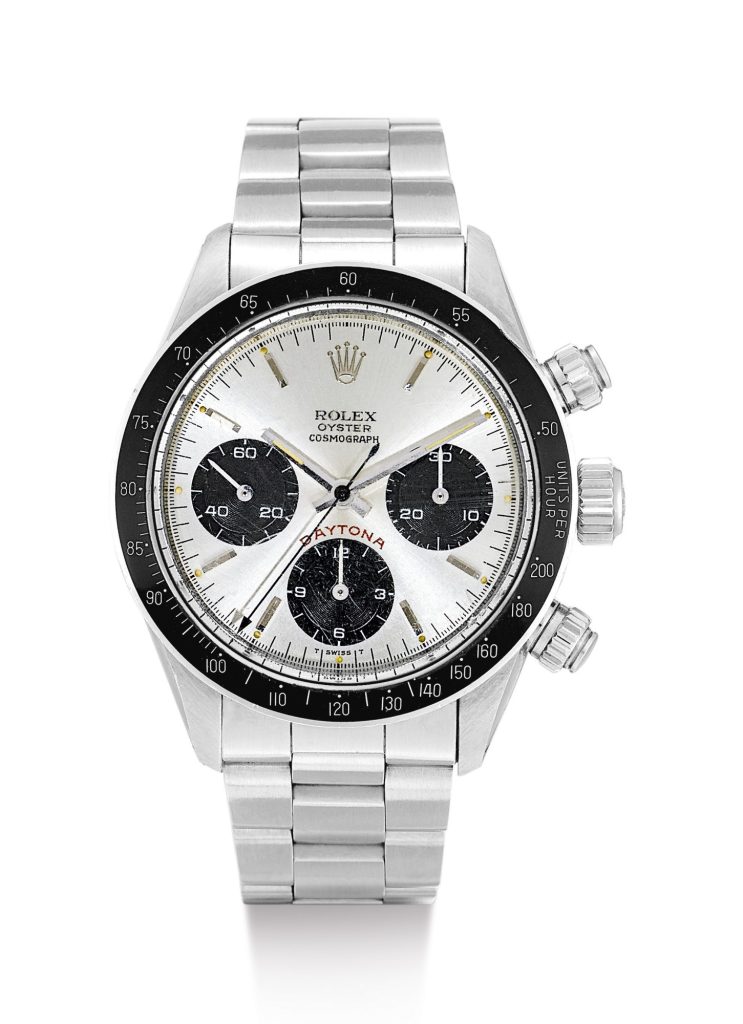
• Reverse Panda: As above, except that the sub dials are white and the dial is black.
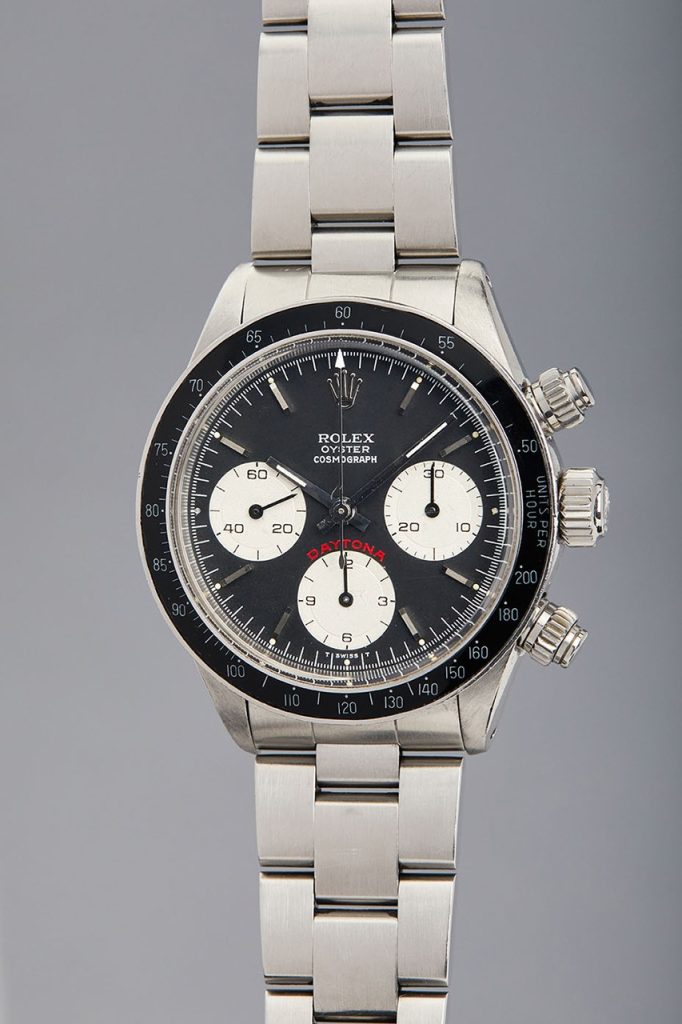
The Hulk: A Rolex Submariner with green dial and green Cerachrom bezel, produced between 2010 and 2020.
The Kermit: A Rolex Submariner with a black dial and green aluminum bezel. Introduced in 2003, it was replaced by the Hulk in 2010.
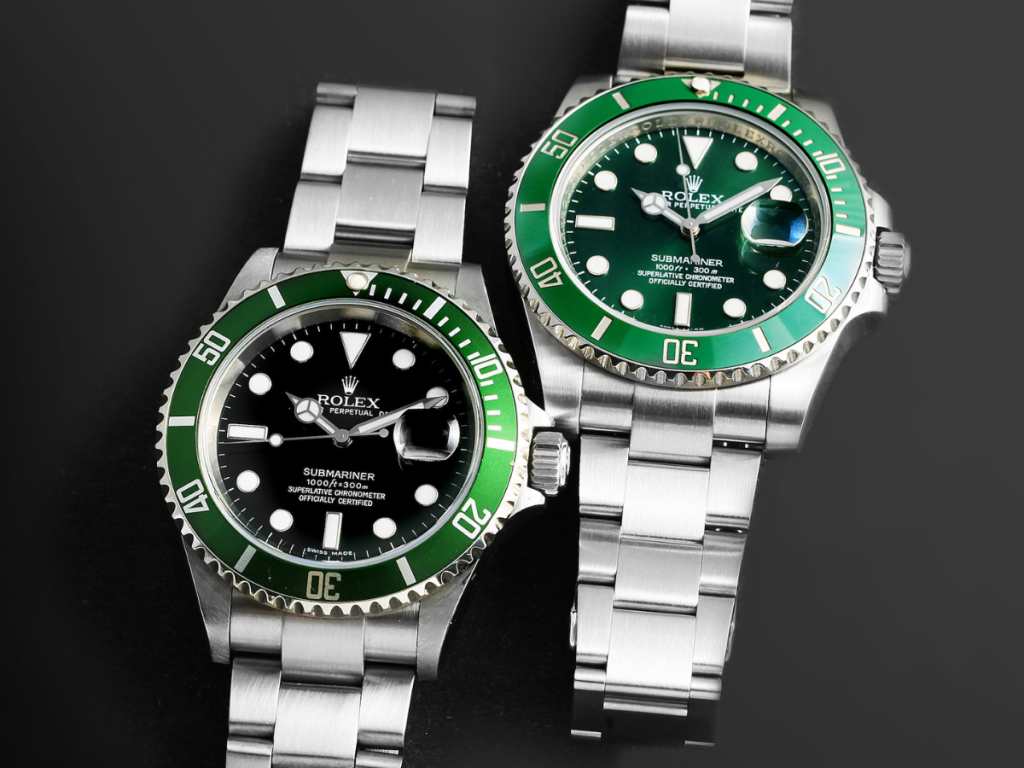
• The Pepsi: A bezel that is half red and half blue, nicknamed for the colors of the Pepsi logo. Present on the current GMT-Master II.
• The Coke: A bezel that is half red and half black, named for the colors of the Coke logo.
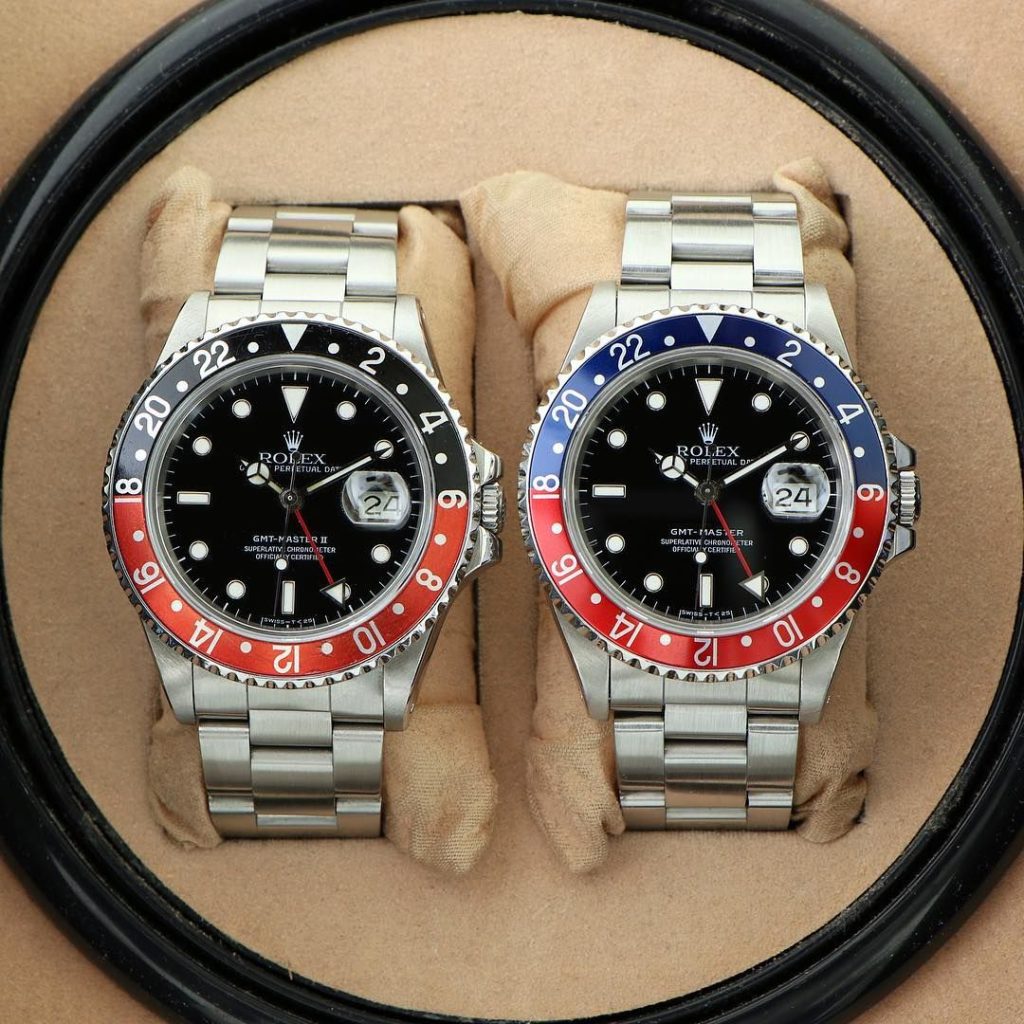
• The Batman or Bruiser: Ditto, with half black and half blue Cerachrom bezel.
• Batgirl: A newer Batman (GMT-Master II), with a dressier Jubilee bracelet.
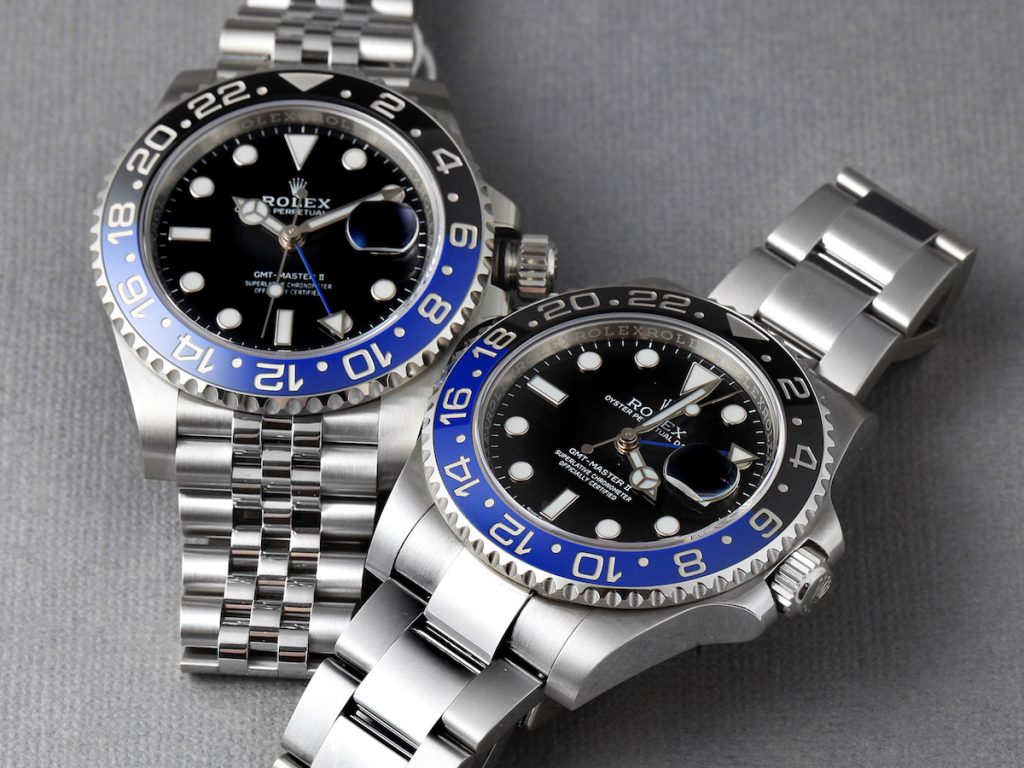
• Bombay lug: A stylized bracelet attachment found on some Oyster cases from the 1940s.
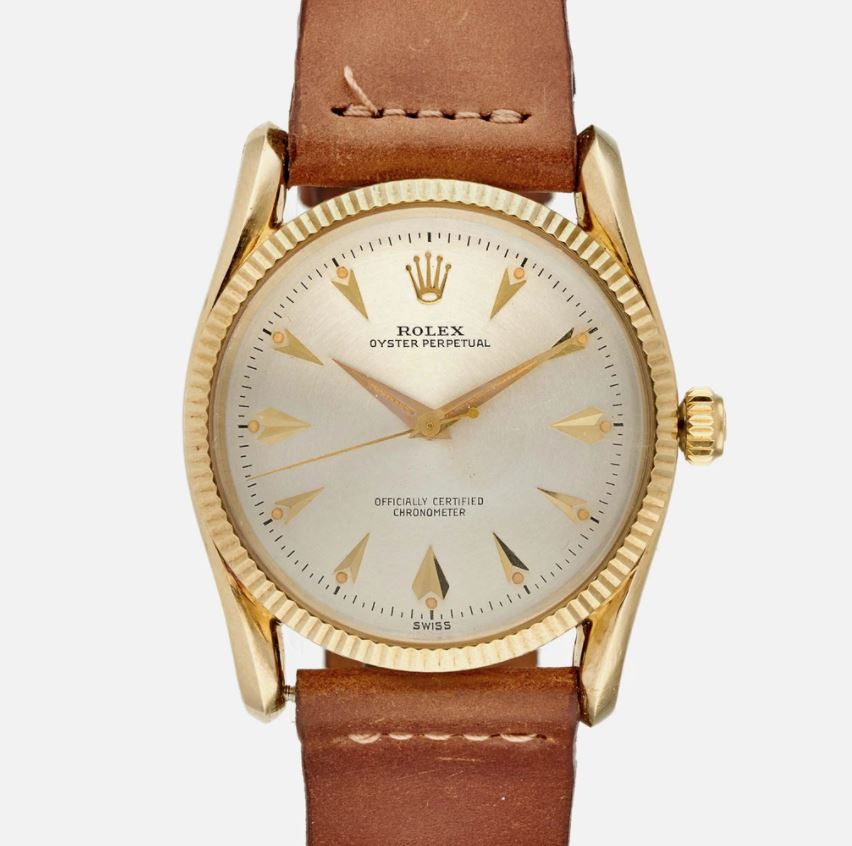
• Bubbleback: Named for the convex shape of the caseback, produced from the 1930s to the 1950s.
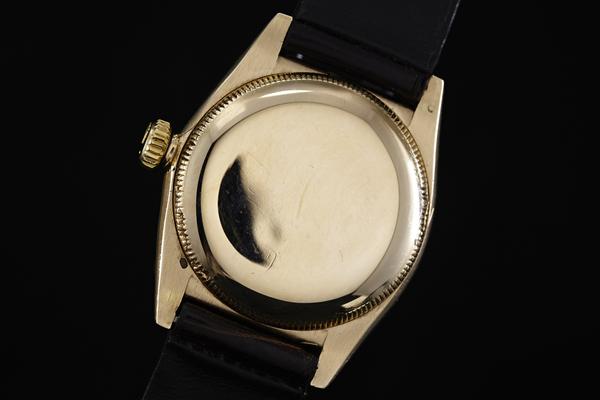
• Double Swiss Underline: An early, 1963 Daytona with two Swiss designations, one barely peeking up above the bezel, and the other just above it at 6 o’clock. The underline refers to a line under the signature to signify the use of tritium rather than radium to illuminate the indexes.
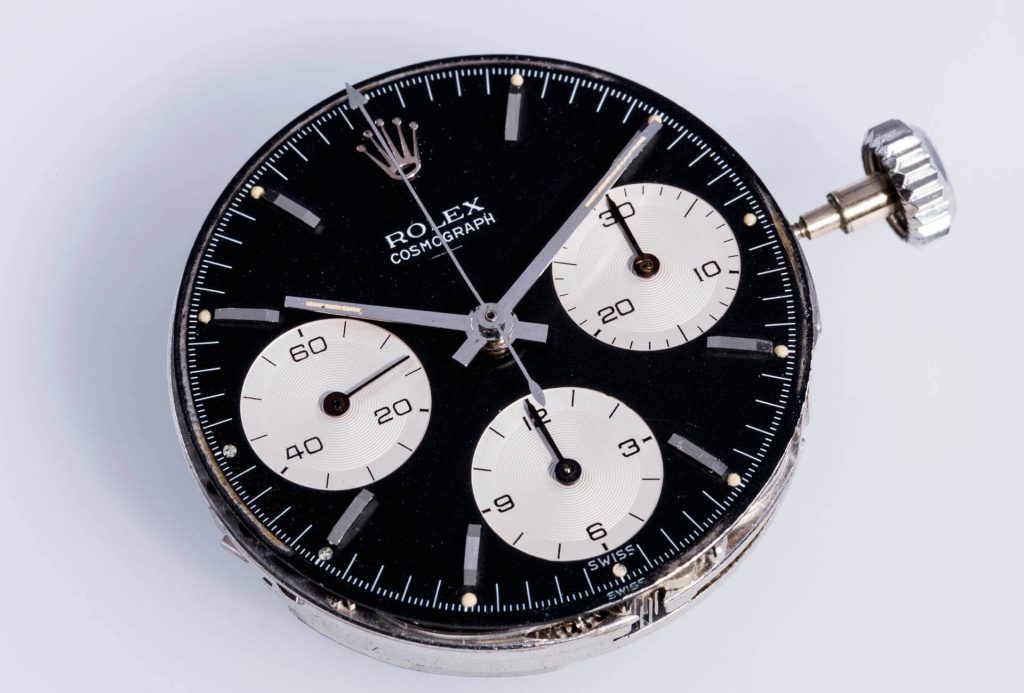
• Sigma Dial: An early Daytona with Sigma marks flanking the “T Swiss T” text at 6 o’clock on the dial, designating the use of gold for the hour markers. The T indicates the use of tritium on the dial.
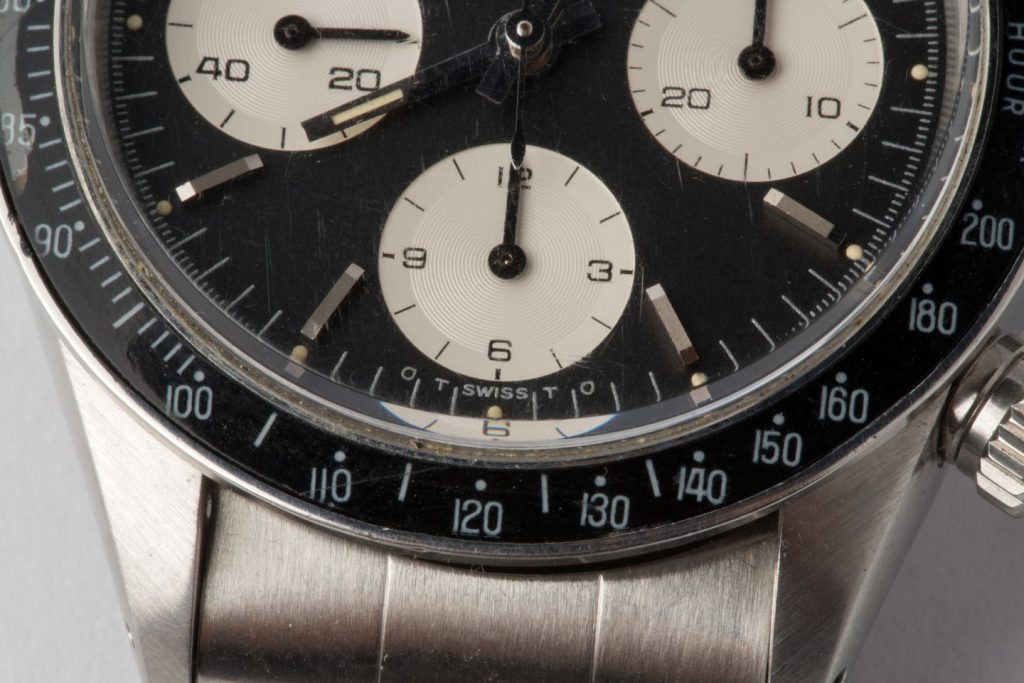
• Solo Daytona: A post-1965 Daytona with only the “Daytona” signature under the Rolex logo, with no “Oyster” or “Cosmograph” text.
• John Player Special: A rare “Paul Newman” Daytona, so-named for the John Player & Sons sponsorship of the Lotus Formula One team in car racing, identifiable by the black and gold coloring to match the John Player corporate colors.
• Stelline dial: A variation of the Rolex Ref. 6062 with faceted gold stars to mark the indexes on the dial
• Double Red: Between 1971 and 1977, Rolex printed Sea-Dweller and Submariner 2000 in red on two lines on the dial of the Oyster Perpetual Sea-Dweller. Today, only “Sea-Dweller” is printed in red.

Rolex terms:
• Oystersteel: This is 904L grade steel, a superalloy used in the aerospace and chemical industries, and that means it has the corrosion resistance and high polish of precious metals, so it looks good for a long time.
• Everose Gold: By adding copper and silver to gold in its proprietary formula, Rolex achieves its uniquely warm 18k rose gold. Rolex also uses its own formulas for 18k yellow and 18k white gold.
• Platinum: Rolex uses 950 platinum exclusively (and sparingly) for special editions. 950 is a high-concentration alloy that includes ruthenium for strength and shine.
• Rolesor: This is a name Rolex gives to its method of combining Oystersteel and gold in its two-tone models, patented in 1933. The bezel, winding crown and center bracelet links are made of gold, and the middle case and outer links of the bracelet are Oystersteel.
• Cerachrom: Rolex’s proprietary ceramic is made in-house. It is scratch-proof and impervious to UV rays (it doesn’t fade).
• Chromalight: Rolex’s luminescent material, which is blue by night, bright white by day, providing high visibility in dark environments.
Share this post

